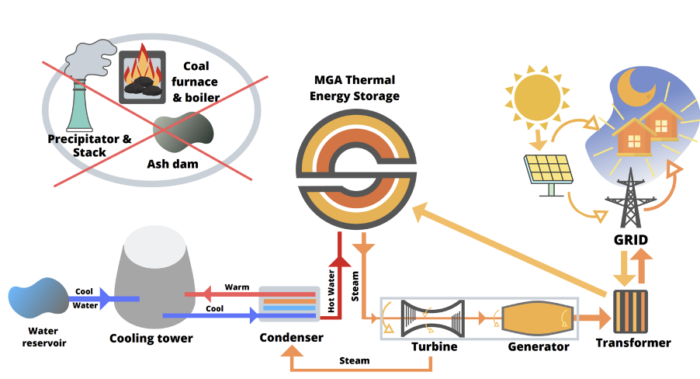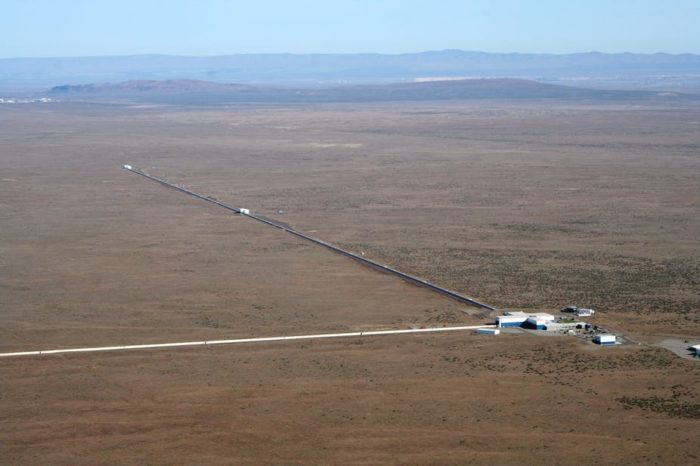Sep 11 2020
COVID Vaccine News
 By now most people have heard that AstraZeneca, a UK pharmaceutical, working with Oxford University, are one of the major companies developing a vaccine for SARS-CoV-2, and also that they have had to pause their Phase 3 clinical trial because a subject came down with an inflammatory disorder. Let’s put this into some important context.
By now most people have heard that AstraZeneca, a UK pharmaceutical, working with Oxford University, are one of the major companies developing a vaccine for SARS-CoV-2, and also that they have had to pause their Phase 3 clinical trial because a subject came down with an inflammatory disorder. Let’s put this into some important context.
The basic facts are that the AstraZeneca vaccine did very well in Phase 1 and 2 preliminary trials. These are smaller trials mostly about safety, with the Phase 2 trial including some preliminary (usually open label) efficacy data. These trials are basically used to determine if it is safe and worth it to proceed to a huge Phase 3 trial. The Phase 3 trial includes 30,000 subjects. When you increase the number of subjects by orders of magnitude then you are likely to pick up increasingly rare side effects. That is one of the main points of this staged approach to research. Then, of course, a drug or vaccine might be marketed to millions of people, and still more rare side effects will crop up. There is simply no way to avoid this – it’s math. That is why so-called Phase 4 trials follow reported side effects after market.
But also, when you are studying 30,000 subjects all the things that normally happen to people will happen at the background frequency. Some of them will get sick during the trial by chance alone, having nothing to do with the study drug or vaccine. So every potential adverse effect is tracked, determined if it is biologically likely that it is related to the experimental treatment, and then statistically analyzed to see if it is above the background rate.
In this case one subject developed transverse myelitis, which is inflammation in one segment of the spinal cord. This will cause weakness and numbness at that level and below, therefore usually affecting the legs. The background incidence of transverse myelitis is about 1.3-4.6 cases per million people per year (this does not include people known to have an autoimmune disease like MS that causes transverse myelitis). If we take 4 cases per million per year, that translates to 0.033 cases per 33,000 subjects over three months. That is the probability that one of the subjects in that trial would have randomly developed transverse myelitis. That may seem really unlikely, but actually you have to consider the probability of a subject developing any disease, not just transverse myelitis. When you add it all up it’s actually pretty likely that one or several people in the trial would randomly develop a disease not related to the vaccine. In fact, this is the second person in this particular trial to develop a serious potential adverse event resulting in a pause of the trial.

 I was recently sent
I was recently sent  I previously wrote that the flat Earth movement is the mother of all conspiracies – it essentially is the ultimate conspiracy in that, if you believe that the world is actually flat then you also have to believe that there has been a massive conspiracy involving millions of people all of the world over centuries. If “they” can lie to us about the shape of the world, then they can lie to us about anything. Once you have been convinced that the spherical nature of the Earth is a grand conspiracy, then you can believe anything. Facts, expertise, authority all cease to exist. And that, I think, is the point. That is the appeal of flat Eartherism – it gives you permission to believe anything you want, to reject any claim, any fact, out of hand. You have the freedom to construct reality the way you wish, and can dispense with the tedious part of having to deal with actual reality.
I previously wrote that the flat Earth movement is the mother of all conspiracies – it essentially is the ultimate conspiracy in that, if you believe that the world is actually flat then you also have to believe that there has been a massive conspiracy involving millions of people all of the world over centuries. If “they” can lie to us about the shape of the world, then they can lie to us about anything. Once you have been convinced that the spherical nature of the Earth is a grand conspiracy, then you can believe anything. Facts, expertise, authority all cease to exist. And that, I think, is the point. That is the appeal of flat Eartherism – it gives you permission to believe anything you want, to reject any claim, any fact, out of hand. You have the freedom to construct reality the way you wish, and can dispense with the tedious part of having to deal with actual reality. Of course “impossible” is a relative term here. What is happening is that our knowledge of black holes is greatly expanding because we have a new tool for observing them – gravitational wave detectors. In fact, gravitational wave astronomy is a new science, and we are still on the very steep part of the learning curve.
Of course “impossible” is a relative term here. What is happening is that our knowledge of black holes is greatly expanding because we have a new tool for observing them – gravitational wave detectors. In fact, gravitational wave astronomy is a new science, and we are still on the very steep part of the learning curve.





